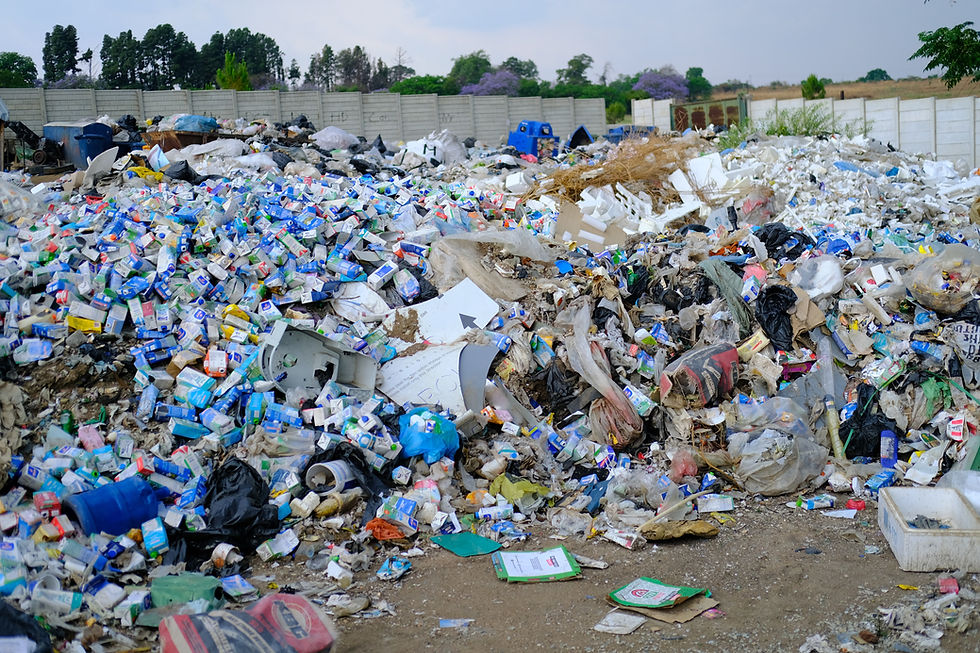India–Pakistan Conflict Escalates After Air Strikes and Retaliation
- Paul Francis

- May 7
- 2 min read
On May 7th, India confirmed that three of its fighter jets were downed following retaliatory strikes by Pakistan, marking the most significant military escalation between the two nuclear-armed neighbours in years. This follows India’s May 6th operation, dubbed “Operation Sindoor,” in which precision air and missile strikes were launched against alleged terrorist infrastructure across the Line of Control in Pakistan-administered Kashmir.

Why Did India Strike Pakistan?
The Indian government stated the strikes were a direct response to the April 22nd terrorist attack in Pahalgam, Indian-administered Kashmir, which killed 26 civilians, most of them Hindu tourists. India has attributed the attack to Pakistan-based militant groups, including Lashkar-e-Taiba and Jaish-e-Mohammed.
Pakistan has denied involvement, claiming the groups act independently of the state and condemning the Indian operation as an act of aggression that killed civilians, including women and children.
The Kashmir Conflict: A Flashpoint Since 1947
Tensions between the two nations are rooted in the 1947 partition of British India, which led to the creation of India and Pakistan and triggered the first Indo-Pakistani war over the princely state of Jammu and Kashmir. That conflict left the region divided, with both countries administering separate portions but each claiming it in full.
The Kashmir dispute has been the cause of three full-scale wars—in 1947, 1965, and 1999—and numerous cross-border clashes.
Terrorism and Retaliation: The Ongoing Security Dilemma
India continues to accuse Pakistan of sponsoring cross-border terrorism, while Pakistan views India’s presence in Kashmir as an occupation. The long-standing proxy war dynamic makes accountability difficult and de-escalation complicated.
The latest strikes represent a notable shift from surgical, covert operations to open military engagements, with both countries engaging in tit-for-tat air operations.
International Reactions to the India–Pakistan Conflict
The United Nations and major global powers have called for calm. The United States, China, and Gulf Cooperation Council (GCC) countries are pushing for diplomatic dialogue to prevent a broader conflict.
Meanwhile, international air travel across South Asia has been disrupted as tensions rise, with numerous flights cancelled or rerouted.
What’s Next for India and Pakistan?
Both governments face domestic pressures that make diplomacy difficult. Indian Prime Minister Narendra Modi has taken a hardline stance on national security, while Pakistan’s leadership—amid fragile economic recovery—must also show strength to domestic audiences.
As military assets mobilise on both sides, the risk of escalation remains high. Without clear diplomatic engagement, the region faces the danger of an extended conflict between two nuclear-armed states.







